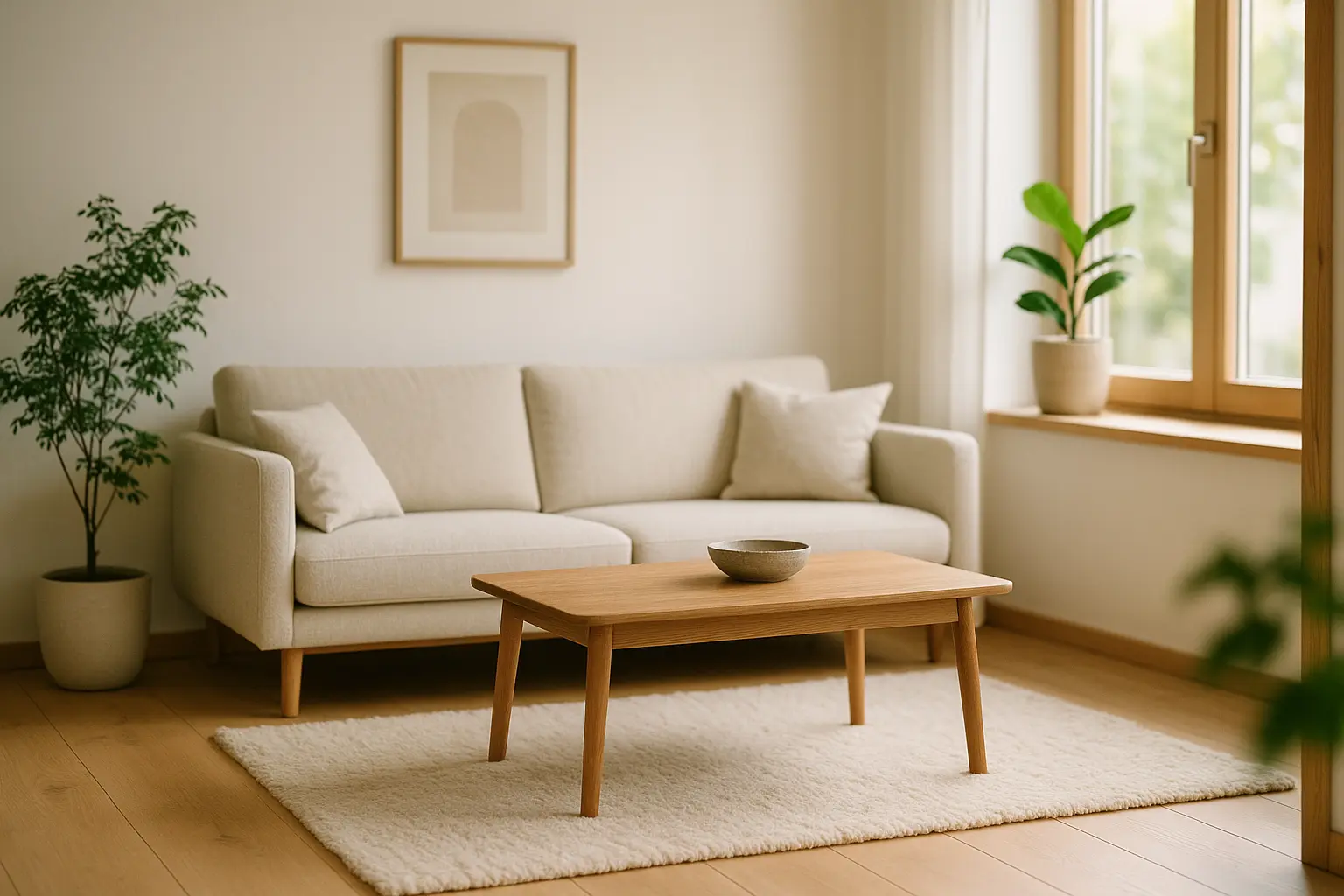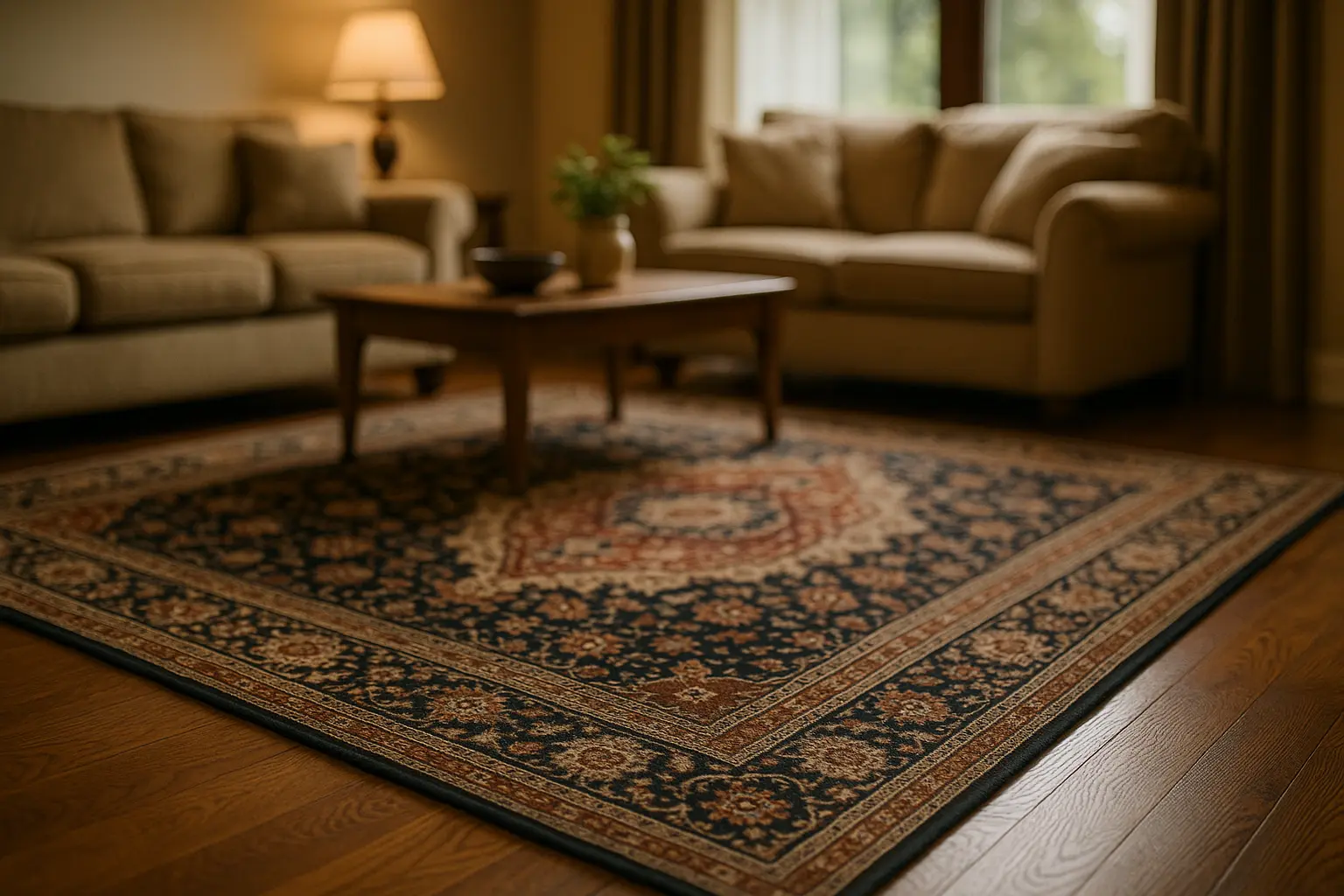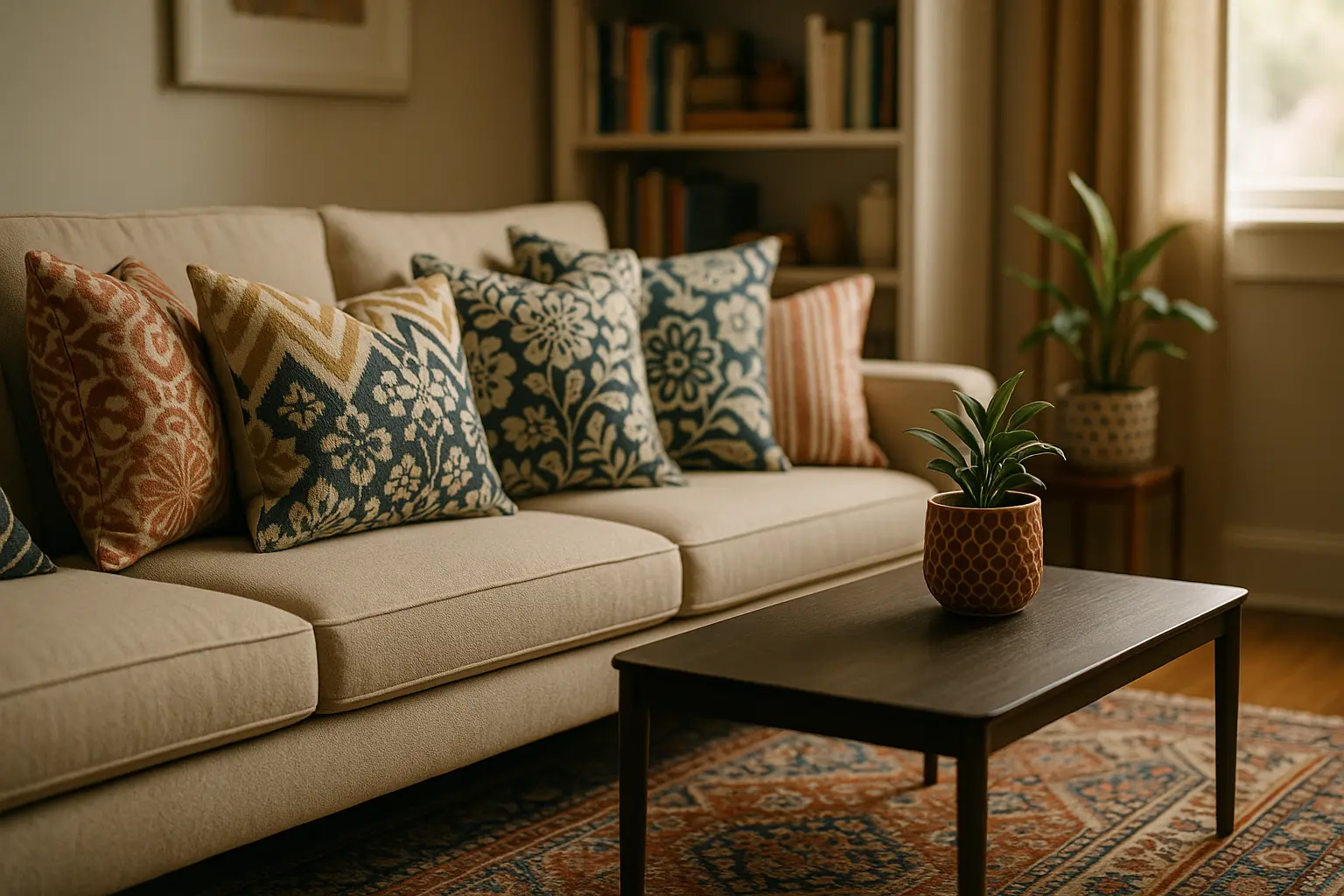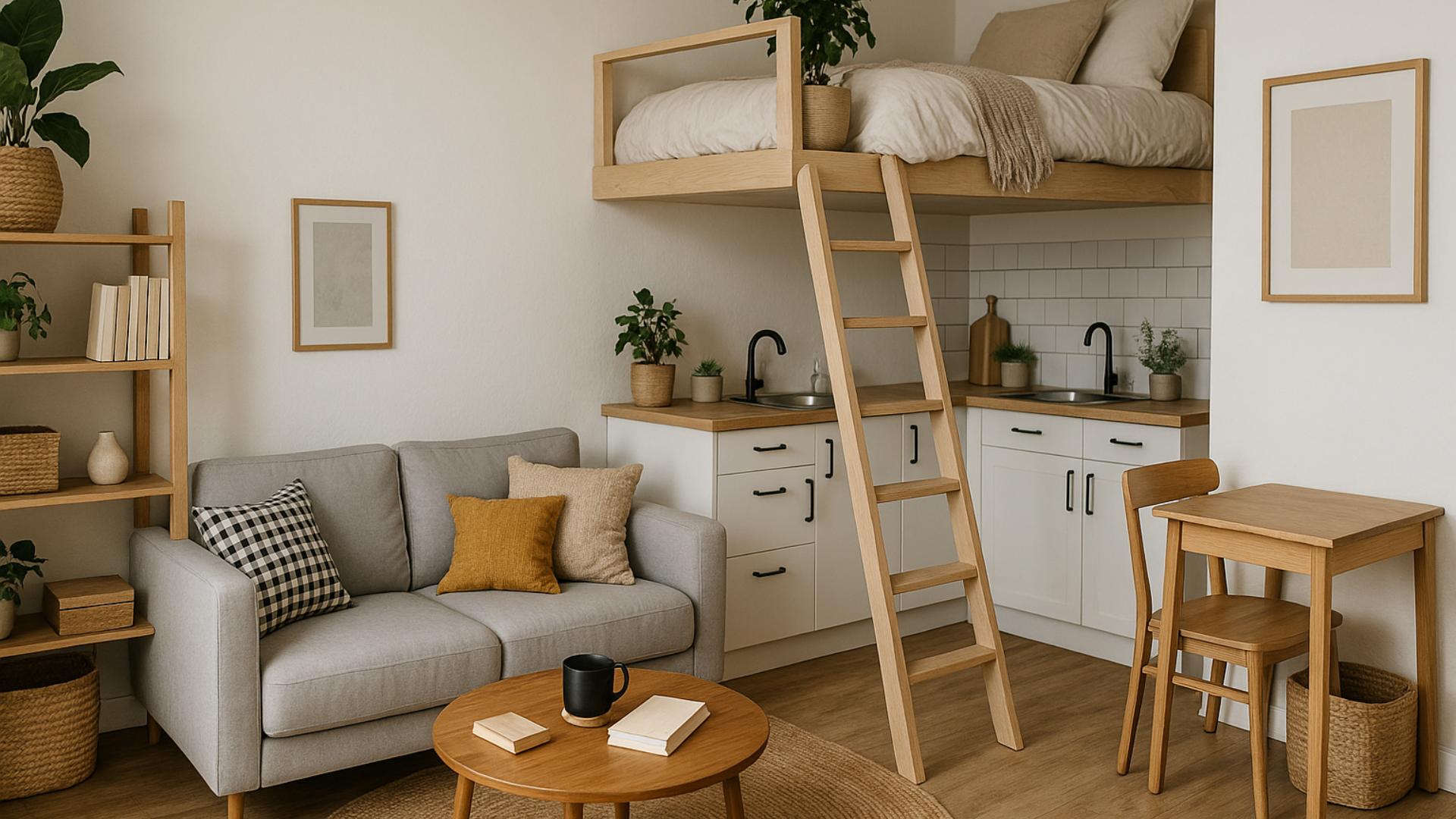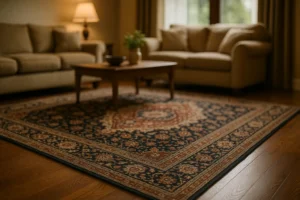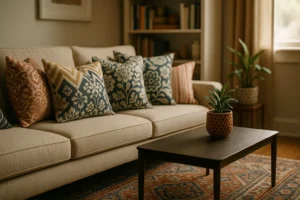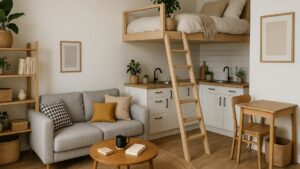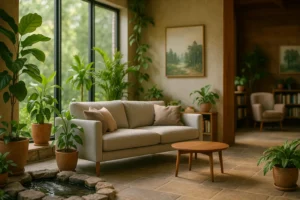The Basics of Scandinavian Interior Design
Architecture and interior design often reflect the cultures from which they emerge, and few styles embody this connection as harmoniously as Scandinavian design. This style, characterized by its exquisite simplicity and functionality, has captivated the world with its ability to transform spaces into light-filled havens. Why has this Nordic aesthetic gained such global traction? The answer lies in its seamless blend of practicality and beauty, offering universal appeal regardless of geographic location.
At its heart, Scandinavian design prioritizes natural elements and a minimalist approach, creating a tranquil atmosphere that feels both modern and timeless. Whether nestled in a bustling city or a serene countryside, embracing this style can transform any room into a cozy sanctuary. Join us as we explore the essential elements that define this renowned design philosophy.
Embracing Nature: The Role of Organic Elements
In the midst of our fast-paced, technology-driven world, there’s an increasing desire to reconnect with nature. Scandinavian interior design offers a gateway to this reconnection. By integrating natural materials such as wood and stone, and emphasizing airy spaces, this style nurtures a profound sense of calm and simplicity.
Wood, in particular, plays a pivotal role, bringing warmth and texture to interiors. From weathered oak floors to sleek birch cabinetry, these elements emphasize a home’s intrinsic connection to the environment. Paired with lush, green plants, the infusion of nature invites a sense of serenity into every corner.
Moreover, natural light is celebrated in Scandinavian homes. With long, dark winters, the design maximizes the intake of sunlight by using expansive windows and light, reflective surfaces. The result is a space that feels expansive and alive, even during the gloomiest months.
Incorporating organic elements not only enhances the aesthetic appeal of a space, but it also fosters a sense of balance and tranquility. As we delve deeper into Scandinavian design, remember that the materials and light we choose are not just decorative; they are the soul of the space.
Minimalism with Meaning: Crafting a Cozy Atmosphere
Minimalism is a hallmark of Scandinavian design, but don’t mistake simplicity for lack of character. Every piece in a Scandinavian-inspired room serves a purpose, and this thoughtful curation is what makes the style so endearing. The challenge lies in distilling a space to its essence while retaining warmth and personality.
Furniture in the Nordic tradition is often functional and streamlined, yet exudes an understated elegance. From modern shapes to classic silhouettes, the focus is on quality and craftsmanship. A simple chair or a minimalist sofa can be a statement piece when paired with the right accents.
To create a cozy atmosphere, consider layering soft textiles like wool throws, sheepskin rugs, and cotton cushions. These elements invite touch and comfort, transforming a minimalist space into a welcoming retreat. Soft lighting, such as pendant lamps and candles, adds warmth and intimacy, enhancing the ambiance.
Ultimately, the key is to curate with intention. Each item should add value, whether through utility or a personal connection. As we embrace the less-is-more philosophy, we discover the beauty in simplicity and the joy of living with what truly matters.
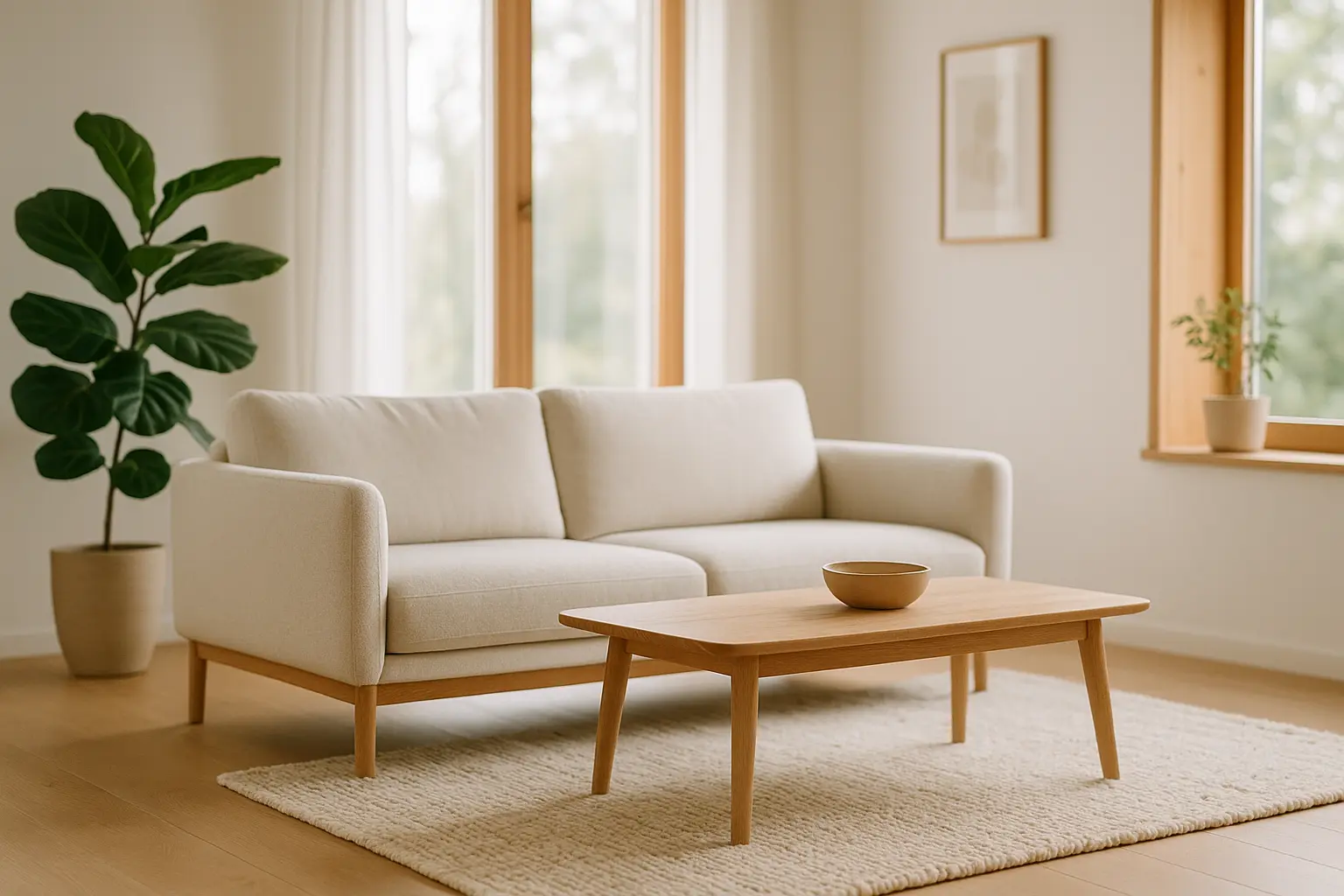
The Power of Palette: Harnessing Light and Color
Scandinavian design is synonymous with a light and airy palette. The strategic use of color plays a crucial role in creating spaces that feel open and serene. White walls are a common starting point, reflecting light and creating a blank canvas for other design elements.
While the palette may be dominated by neutral tones, the infusion of gentle color introduces warmth and interest. Think soft pastels, muted blues, and sage greens—all inspired by the Nordic landscape. These tones can be incorporated through simple accents like cushions, vases, or artwork.
Incorporating natural wood tones is another way to introduce warmth without weighing down the space. Whether through flooring, furniture, or decorative objects, wood adds richness and texture, balancing the lightness of the overall palette.
It’s important to remember that color, in Scandinavian design, serves to enhance the feeling of space and light. It is not about bold statements but rather subtle nuances that contribute to an overall sense of harmony and cohesion. In this way, we create an environment that is as beautiful as it is functional.
Icons of Simplicity: Signature Pieces that Define the Style
Scandinavian design is nothing without its iconic pieces—those quintessential elements that align form with function, beauty with purpose. These are not merely furniture items; they are the embodiment of the style’s ethos.
Consider the legendary Eames chair or the elegant Arne Jacobsen Egg chair. These designs have transcended time, illustrating the Nordic commitment to craftsmanship and innovation. Each piece is a testament to the power of simple design—aesthetically pleasing yet remarkably practical.
Besides standalone pieces, Scandinavian design also celebrates the art of blending. By integrating different styles, textures, and materials, we can create a space that feels uniquely personal. Whether it’s a vintage find, a handcrafted item, or a modern piece, the key is balance and harmony.
Incorporating signature pieces doesn’t mean filling a room with designer items. Instead, it’s about selecting a few key elements that resonate with the overall theme and purpose of the space. These touches bring authenticity, making the design not just a trend, but a lifestyle.
Crafting Balance: The Art of Harmonizing Elements
In Scandinavian design, achieving a balance between form, function, and aesthetics is paramount. The art lies in harmonizing different elements to create a cohesive and inviting space. This balance is not just visual but extends to how a room feels and functions.
The designers behind Scandinavian interiors are masters of this balance, often using a mix of materials, shapes, and textures to craft a harmonious look. Wood and metal, soft textiles and hard surfaces, modern and traditional—these contrasts come together to create dynamic yet serene environments.
When designing a space, consider the flow and functionality of the room. Ensure that every element serves a purpose, enhancing both style and practicality. Pay attention to symmetry and proportion, as these can impact the overall perception of a space, making it feel either cramped or expansive.
Ultimately, Scandinavian design encourages us to look beyond aesthetics, to consider the interplay between space and the natural world. By respecting this balance, we create environments that are not only beautiful but also sustainable, both for our well-being and the planet.
As we journey through the Scandinavian design philosophy, it becomes clear that this style is more than just a visual trend—it’s a way of living. It teaches us to embrace simplicity, value craftsmanship, and cultivate a deep connection with nature.
Our exploration has covered the foundational elements that define this beloved style. From the minimalist aesthetic and organic materials to the impactful use of light and color, each component contributes to creating spaces that are not only functional but also soul-soothing.
The beauty of Scandinavian design lies in its versatility and timeless appeal. Whether you’re redesigning an entire home or adding subtle touches to a single room, the Nordic approach offers endless opportunities for creativity and personalization.
In a world that often feels overwhelming, the simplicity and serenity of Scandinavian design offer a much-needed refuge. As we continue to explore and adapt this style, we invite you to discover the joy of creating cozy and harmonious spaces that reflect the best of both simplicity and sophistication.
FAQ
What are the main characteristics of Scandinavian interior design?
Scandinavian interior design is characterized by simplicity, minimalism, and functionality. It often features clean lines, a neutral color palette, and an emphasis on natural materials like wood and linen.
How does lighting play a role in Scandinavian interiors?
Lighting is crucial in Scandinavian design due to the long, dark winters in the region. Interiors often feature an abundance of natural light, supplemented by strategically placed lamps and pendant lights to create a warm and inviting atmosphere.
What type of furniture is commonly used in Scandinavian homes?
Furniture in Scandinavian design is typically functional and minimalistic. It often includes pieces with sleek lines and a focus on utility, such as modular sofas, simple wooden chairs, and versatile storage solutions.
Which colors are most commonly used in Scandinavian design?
Scandinavian interiors usually embrace a light and neutral color palette, often featuring whites, greys, and soft pastels. These colors help to create a calm and airy environment, which is a hallmark of the style.
How can I incorporate natural elements into a Scandinavian design?
To bring nature indoors, Scandinavian design often incorporates elements like wooden floors, wool textiles, and indoor plants. These materials add warmth and texture to the space, while also reflecting the design’s commitment to natural beauty.
